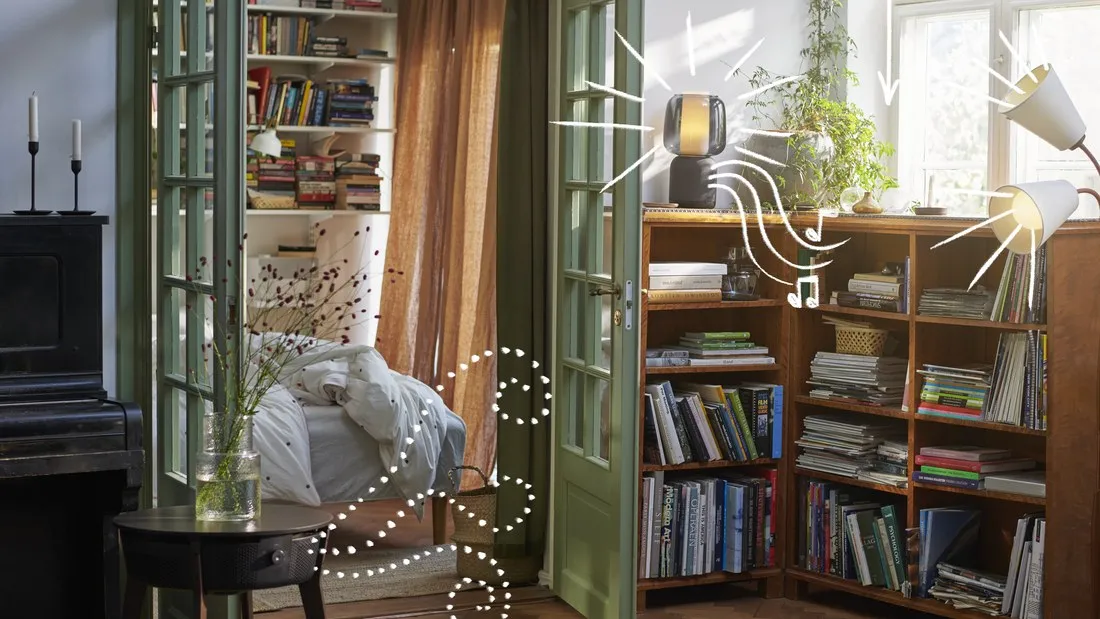Optimizing indoor air quality for better sleep






Please enter the verification code sent to your phone number
Did not receive OTP?
Resend code in seconds
